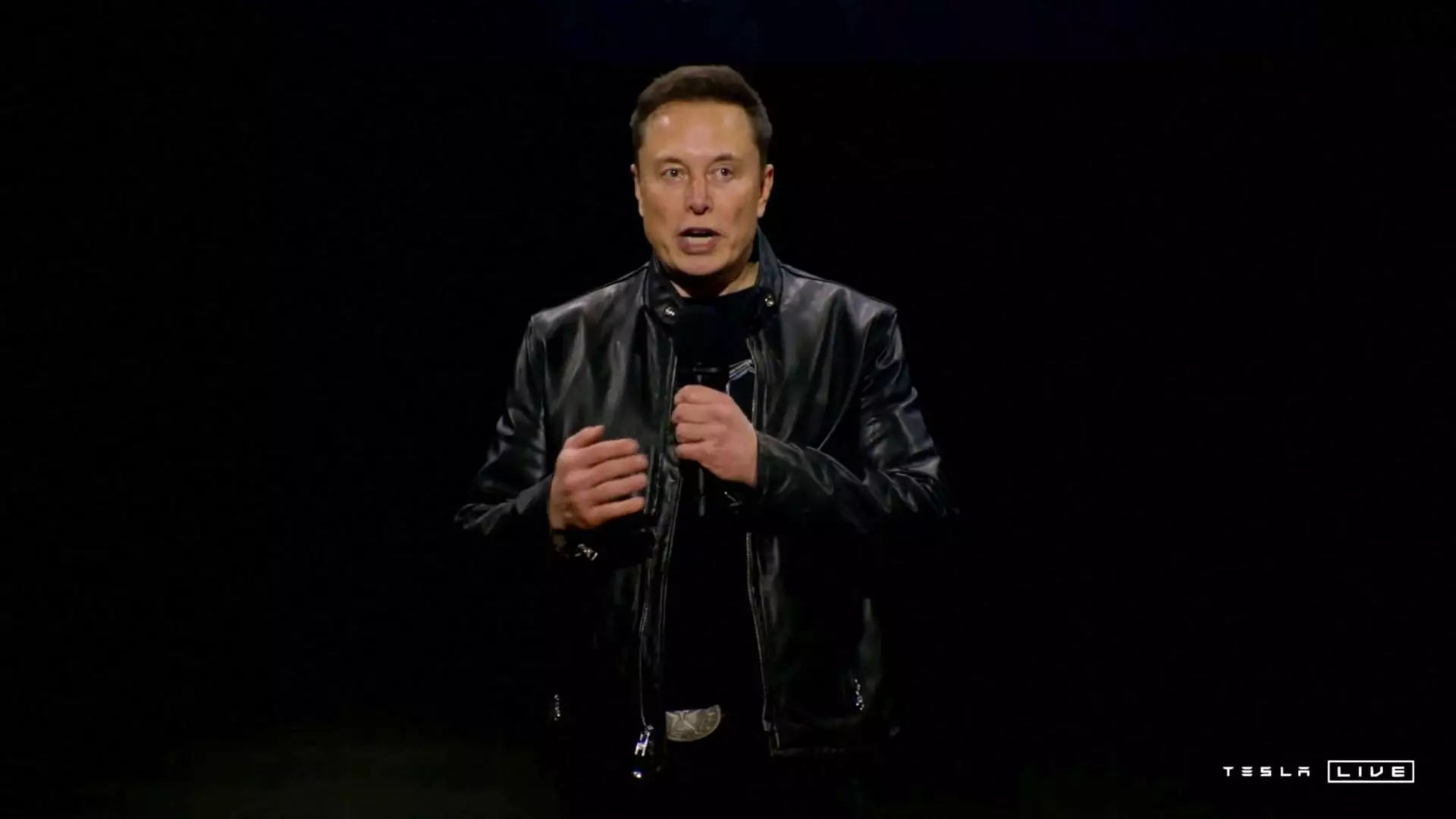When Tesla released its fourth-quarter vehicle production and delivery report, it signaled not just a mere data point but a narrative of its journey through 2024, marked by a mix of triumph and tribulation. The production and delivery figures unveiled a company at the crossroads, highlighting both inherent strengths and emerging weaknesses in the face of an evolving automotive landscape.
Tesla’s announcement of 495,570 total deliveries in the fourth quarter of 2024 and 1,789,226 annual deliveries rings a bell of mixed achievements. A decline from the previous year’s remarkable count of 1.81 million signifies the first drop into the territory of decreased numbers. Fewer deliveries in the fourth quarter of 2024 compared to 484,507 in the last quarter of 2023 have stirred waves of concern among investors and market analysts alike. The anticipated numbers had been higher; analysts projected around 504,770 deliveries, a disparity that prompted a notable 7% drop in Tesla’s stock following the report—an indication of market volatility and the ever-skeptical nature of stock investors.
This quarterly report is not just a set of figures; it paints a broader picture of a company grappling with its growth trajectory amidst heightened competition and evolving consumer preferences. While Tesla has been a trailblazer in electric vehicles (EVs), its latest figures reflect a pivotal challenge—maintaining growth in a maturing market.
Once regarded as the lone titan in the electric vehicle industry, Tesla is now facing fierce competition from an array of established and emerging automotive manufacturers. Giants like General Motors and Ford are ramping up their EV offerings, while companies such as BYD and Rivian are aggressively carving out their own market share. European automakers like BMW and Volkswagen are also investing heavily in electrification, making it harder for Tesla to sustain its previous growth rates.
The repercussions of this competitive pressure are undeniable. Tesla’s sales in Europe saw a significant downturn, with a reported 14% decline observed in overall registrations compared to the prior year. As rivals gain momentum, the need for Tesla to innovate and adapt becomes critical. Investors are increasingly scrutinizing how well Tesla can respond to this growing competitive landscape while continuing to leverage its strengths.
Leadership and Strategic Focus
Elon Musk’s diverse interests have sparked debate around their impact on Tesla’s core business. His involvement in political campaigning and other enterprises, including SpaceX and xAI, raises questions regarding the focus and priority of leadership at Tesla. Analysts speculate that Musk’s political venture may have diverted attention away from automotive operations at a critical juncture for the company. This dilution of focus could have severe implications, especially as Tesla strives to fend off competition and capitalize on new market opportunities.
It’s imperative for Tesla to not only maintain its existing market dominance but also to explore avenues that could revitalize its growth. Skepticism exists among market analysts regarding Musk’s ability to lead effectively when he is spread across various high-stakes projects, which may not align with the immediate needs of the automotive sector.
The fourth quarter raised another red flag: an accumulation of inventory that indicated trouble with sales momentum. Particularly alarming was the delayed rollout of the Cybertruck, which has faced challenges in gaining traction among consumers, demonstrated by reports of units piling up in used car lots. The ambitious pricing strategy—starting at $80,000—potentially alienates a key demographic interested in more affordable EV options.
Critically, experts observe that Tesla’s reluctance to introduce lower-cost EV models may be seen as a strategic miscalculation. Competitors are filling the void in the affordable segment, making it essential for Tesla to adapt its product offerings sooner rather than later. The anticipated introduction of a dedicated robotaxi and a fully autonomous ride-hailing service by 2027 might be innovative, yet the immediate focus should remain on optimizing the current vehicle lineup for better market appeal.
Looking ahead, Musk’s assertion of a 20% to 30% growth expectation for 2025 resonates with hope for Tesla. However, achieving this growth will require a keen understanding of market dynamics and consumers’ demand for innovation and affordability. Lower-cost models along with strategic pricing adjustments could be critical in reinstating Tesla’s dominance in the ever-evolving EV marketplace.
Tesla stands at a pivotal juncture with challenges looming on the horizon. Navigating the delicate balance of sustaining growth, addressing competitive pressure, and honing leadership focus will be vital as the electric vehicle titan endeavors to reclaim its innovative edge and meet the demands of an increasingly discerning consumer base. The journey ahead may be fraught with challenges, but it also holds opportunities for adaptation and growth in an electrified future.

